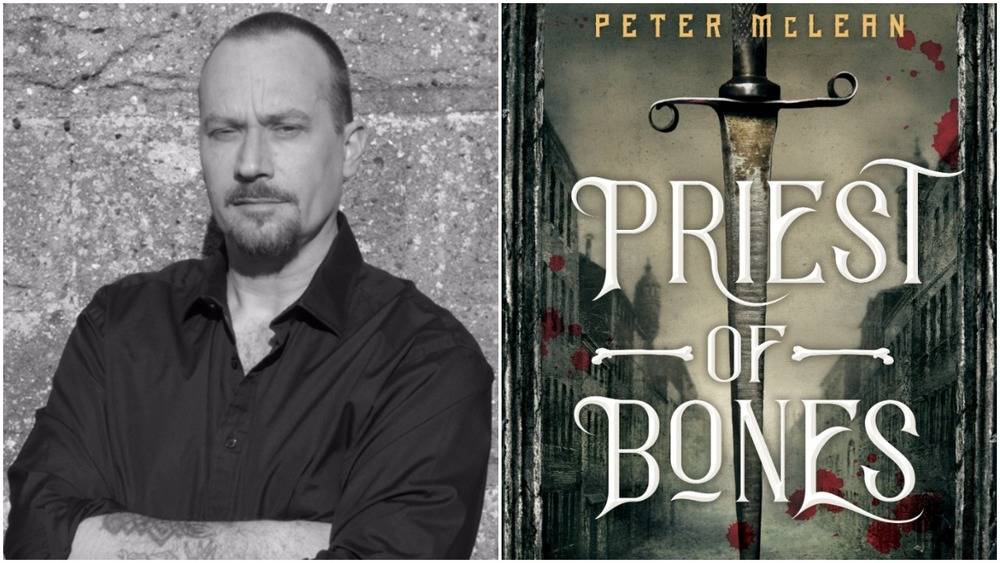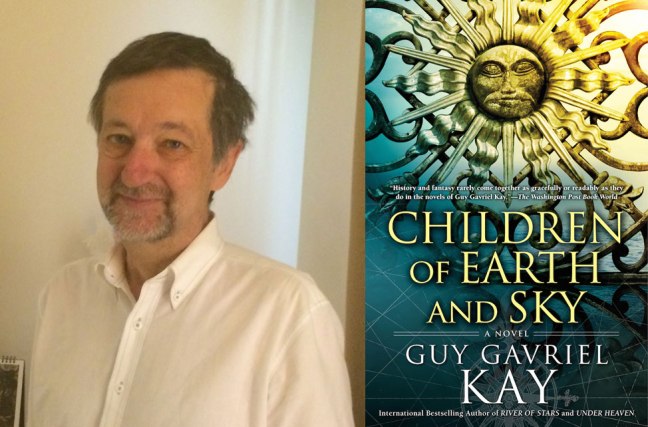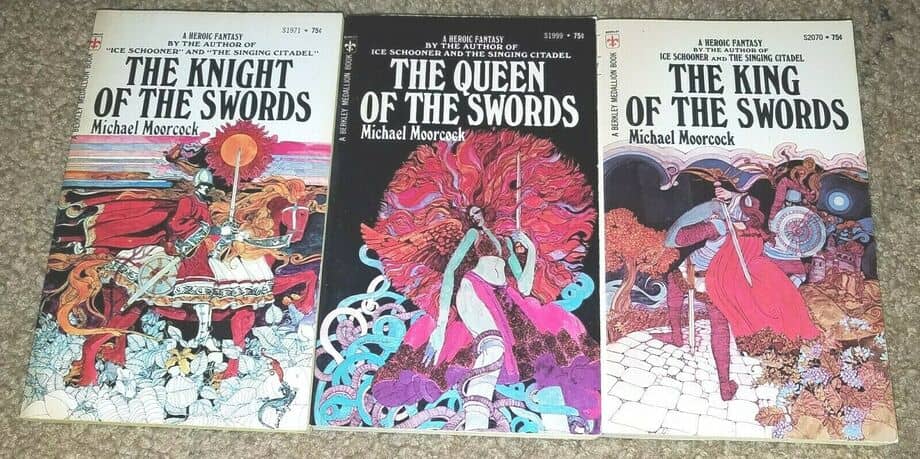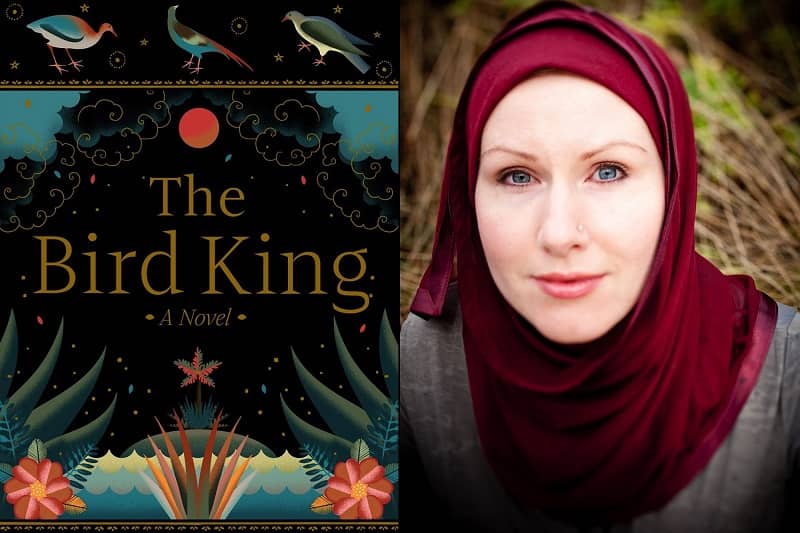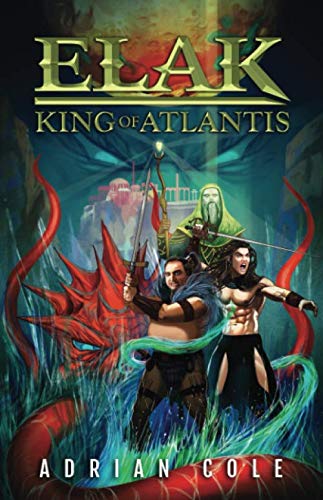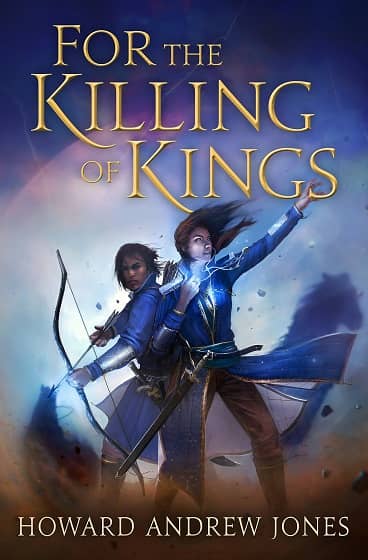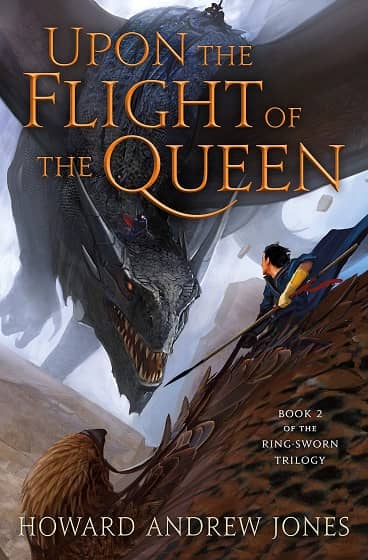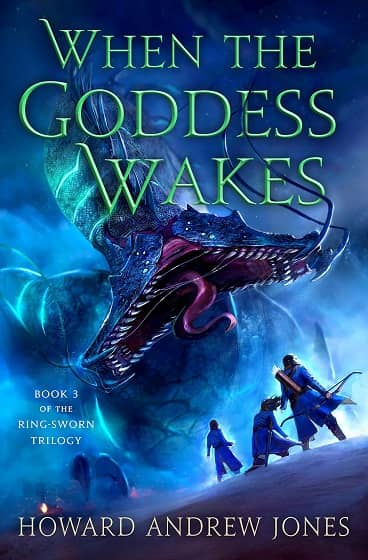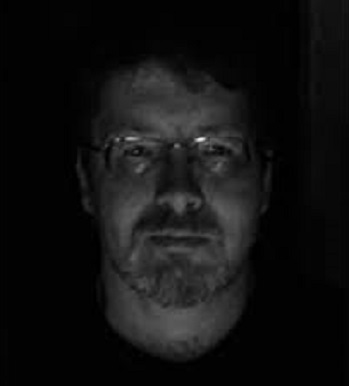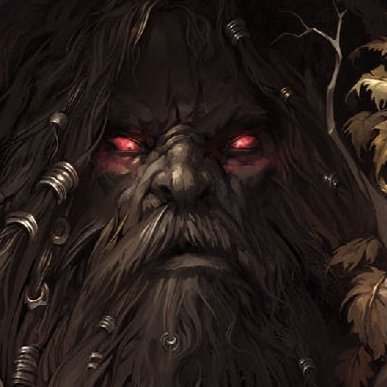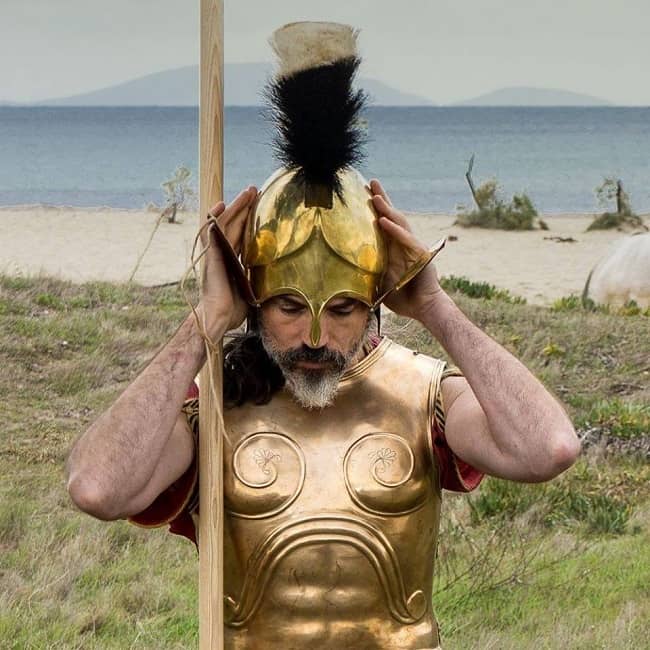Neverwhens, Where History and Fantasy Collide: Brilliance Gleams Beneath a Black Sun
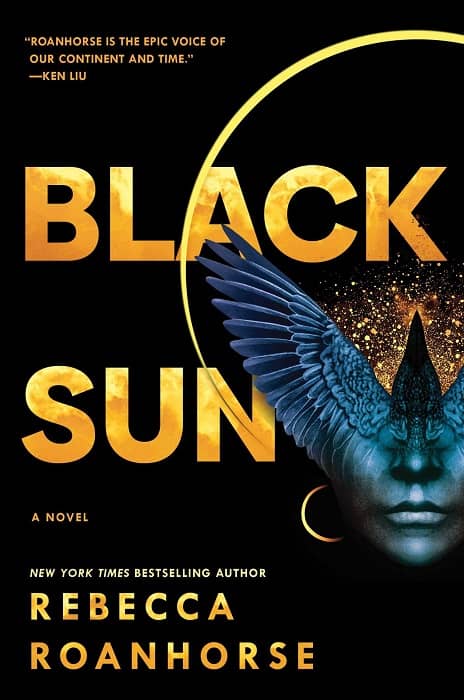 |
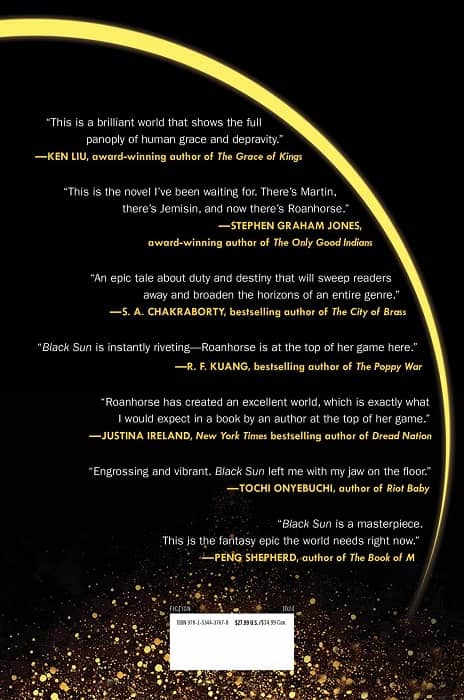 |
Black Sun by Rebecca Roanhorse (Saga Press, October 2020). Cover by John Picacio.
In the 14 months I have had this column, I’ve looked at “historicity and fantasy” from a variety of angles, one of which has been looking at current — and lauded — works by known authors, and assessing how well they weave the two together. Thus far, I haven’t been very kind. While I loved G. Willow Wilson’s The Bird King as a kind of modern fable, it creates its view of dying Al-Andalus by promoting a series of stereotypes about Christian Spain and the Inquisition that would be excoriated where the same treatment applied to the tale’s Muslim world. Conversely, Guy Gavriel Kay is the master of historical fiction masquerading at fantasy, essentially reinventing the earliest form of “Romantic fiction” with his post-Tigana work. Sadly, in Children of Earth and Sky rather than “jumping the shark,” Kay never gets up to speed, creating a tale that is so faithful to the history it is a thinly-veiled variant of, that nothing much ever happens.
So I thought it was time I praised something in this column — because I generally do like far more than I hate. And wow, what a gem I have to talk about with you today.
Over the winter holidays I read Rebecca Roanhorse’s debut entry into the world of epic fantasy: Black Sun. Billed as Volume 1 of Between Earth and Sky, this is clearly the start of an epic, yet just about works as a standalone tale in its own right.
Published last year, this is a departure for Roanhorse, whose work has mostly been contemporary fantasy, though again drawing on native themes. So what’s it about? Well, our official blurb actually does a pretty good job of teasing the plot. Here it is.
